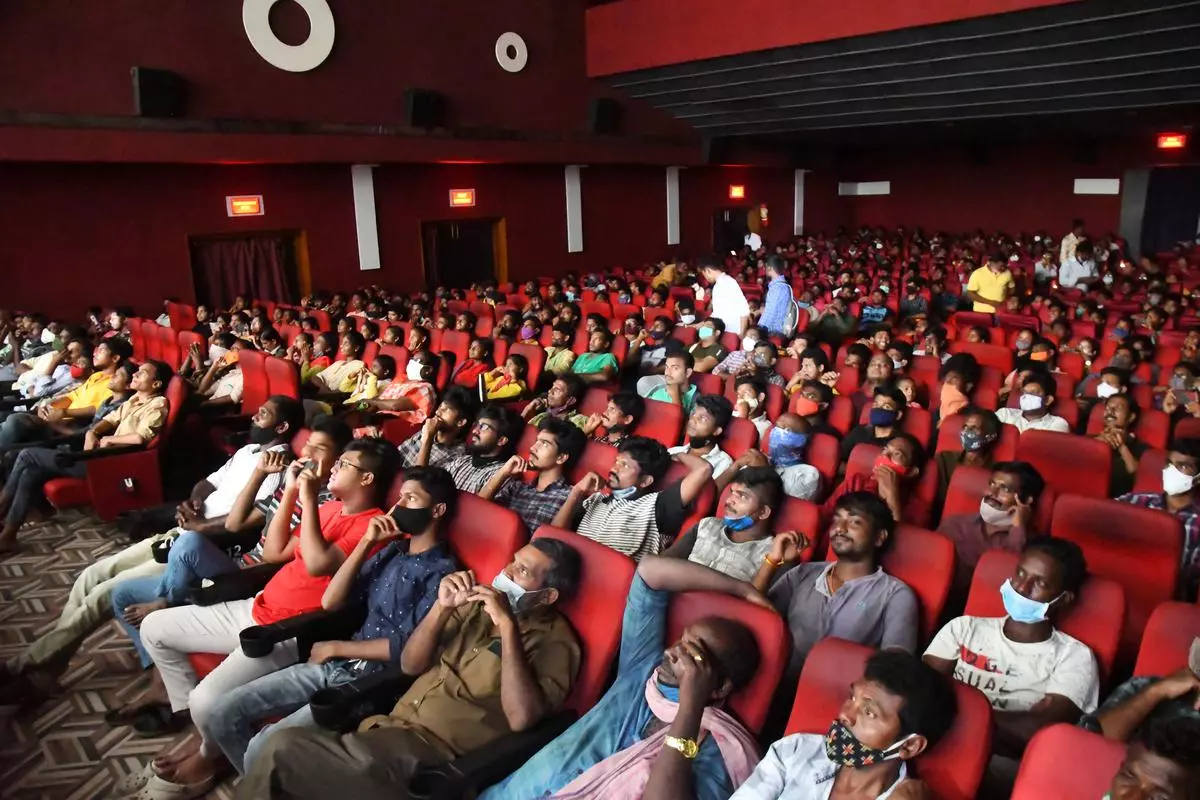In 2023, financial technology (fintech) startups in India witnessed a notable decline in funding, amassing a total of $2 billion—a stark 63% drop from the previous year’s $5.4 billion, according to data sourced from Tracxn and reported by Financial Express (FE). This dip reflects a broader trend of reduced funding across various sectors, signifying a significant slowdown in the fintech domain compared to its funding zenith in 2021 when it attracted a massive $8.4 billion.
Despite the funding downturn, the Indian fintech sector maintained its global standing as the third-highest funded in 2023. Additionally, the sector’s substantial growth has positioned it as the fourth-highest funded startup ecosystem globally within the fintech arena, based on cumulative funding till date.
The decrease in funding rounds for fintech firms in 2023 was conspicuous, witnessing a substantial drop from 504 rounds in 2022 to 144 rounds last year. Among the standout segments within fintech, alternative lending, payments, and banking tech emerged as the top performers. Alternative lending firms secured the most considerable funding within the sector, totalling $835 million in 2023.
The decline in funding rounds was more pronounced in early-stage and seed-stage financing than in late-stage rounds. Late-stage rounds saw a 56% decrease to $1.4 billion, while early-stage rounds plummeted by 73% to $489 million, and seed-stage rounds experienced a 69% decline to $145 million.
Specifically, payment startups amassed $753 million in funding in 2023, while those focused on banking tech services raised $331 million from investors, both segments witnessing a significant downturn compared to the previous year’s figures.
Amidst these funding shifts, only five funding rounds exceeding $100 million were recorded among fintechs in 2023. Notable recipients included PhonePe, Perfios, InsuranceDekho, KreditBee, and Mintifi. PhonePe led the way with the largest round of $623 million, followed by Perfios at $229 million and InsuranceDekho at $150 million.
InCred emerged as the sole unicorn in the Indian fintech space in 2023, a notable decline compared to five unicorns in 2022. Additionally, two fintechs—Zaggle and Veefin—launched their initial public offerings (IPOs) during the year, a decrease from five such IPOs in the preceding year.
The funding landscape across Indian cities showcased Bengaluru leading in fintech funding, followed by Mumbai and Jaipur. Peak XV Partners (formerly Sequoia Capital India), Y Combinator, and LetsVenture were among the top investors supporting fintech growth in the country.
The shift in funding dynamics within India’s fintech sector reflects broader market trends and investor sentiment. The decline in funding rounds, particularly in early-stage and seed-stage financing, indicates a cautious approach among investors, possibly driven by market uncertainties or a recalibration of risk appetites. However, despite the funding contraction, certain segments like alternative lending, payments, and banking tech managed to sustain investor interest, showcasing resilience amidst the challenging investment landscape.
The reduced number of unicorns and IPO launches in the Indian fintech space in 2023 signifies a more discerning approach by investors, emphasizing quality over quantity. This trend aligns with a maturing ecosystem where investor scrutiny and a focus on sustainable growth become increasingly paramount. While the funding landscape witnessed a contraction, the continued interest of notable investors like Peak XV Partners (formerly Sequoia Capital India) and Y Combinator underscores enduring confidence in the long-term potential of India’s fintech market.
Bengaluru’s prominence as the leader in fintech funding underscores the city’s robust ecosystem and supportive infrastructure for burgeoning startups. The city’s continued appeal to investors and innovators alike reflects its conducive environment for fostering fintech innovation. Mumbai and Jaipur also emerge as notable players in the fintech funding arena, contributing to India’s diverse and evolving fintech landscape, highlighting the growing geographical spread of fintech innovation and investment opportunities across the country.


 Opinion3 years ago
Opinion3 years ago
 Entertainment8 years ago
Entertainment8 years ago
 Entertainment8 years ago
Entertainment8 years ago
 Fashion8 years ago
Fashion8 years ago
 Opinion4 years ago
Opinion4 years ago
 Entertainment8 years ago
Entertainment8 years ago
 Politics8 years ago
Politics8 years ago
 Entertainment8 years ago
Entertainment8 years ago
















